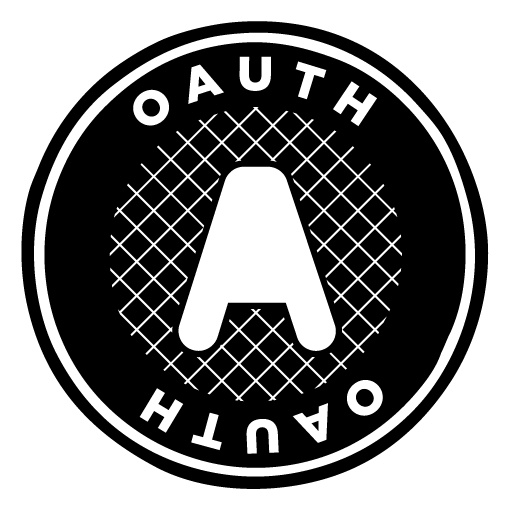
I’ve previously written about how Known has built in support for OAuth2 and Open ID connect (both as a client and as a server). Well, over the past few weeks I’ve been doing some work to make this even more useful.
So, I thought I’d quickly jot down some notes as to what you can do with this functionality, and why you might find it cool.
Turn your Known site into an identity provider
The first thing you can do is use the OAuth2 server built in to Known to turn your site into an identity provider.
This means you will be able to create “apps”, allowing users on your site to be able to use third party applications and apps to make authenticated API calls.
It also means you can easily create a “login with” button, allowing your users to log into other sites using their Known profile on your site.
Connect your Known site to an identity provider
The next thing you can do is connect your site to another third party IDP using OAuth2, and allow those users to log in to your site.
This third party IDP could be your organisation’s single sign on service, a third party one, or another Known site.
If the IDP you’re connecting to supports OpenID connect, you can also enable the Federation feature.
What this does is let users with a valid OpenID Token retrieved from the IDP to make authenticated API calls on any Known sites that share that IDP, regardless of whether the user has used that site before.
Primarily, this functionality is designed for a modern micro service architecture world – so for example, you might have a React front end that needs to talk to one or more data sources over GraphQL, including getting blog data from a Known site. All of these services live in different containers, in distributed locations, with different local databases.
But…
Federation…
Something I’ve been pondering recently is whether this functionality might be able to let you do something pretty neat.
Consider, a Known site can be both a client and a server, and both issue and receive public key signed and verifiable OpenID Connect tokens for their users.
Each token knows where it comes from and can state who issued it.
This raises the possibility of being able to establish reciprocal links between sites – each Known (or other site – it’s an open protocol after all) could be both a client and server of each other.
With a bit of UX massaging, this could potentially let the users of each of these sites flow between each site in the network, and getting all the functionality of the local users.
Sure I’m not the first to be thinking this way, but it’s something to play with, and certainly will work a lot more seamlessly than the previously mooted PGP signed login (although I still think that’s pretty cool).




